Sauna culture has a long history, dating back thousands of years when people discovered that hot air and steam could relax the body. Consequently,
they began to increase the air temperature by heating piles of rocks. As time passed, sauna technology gradually improved, and people began using
stoves and hot stones to heat the interior of sauna rooms, a method more durable and stable than before. The sauna culture has been widely disseminated.
Nowadays, common types of sauna rooms include traditional saunas and infrared saunas, each with different usage methods and effects. Let's explore their
differences.
Traditional sauna rooms include outdoor barrel saunas, square saunas, and olive-shaped saunas. Traditional saunas mainly use heated stones or stoves to
generate hot air, increasing the temperature inside the sauna room. Through the hot air, people sweat profusely, thereby eliminating dirt and toxins, cleansing
the skin, relieving fatigue, and relaxing the mind and body. Infrared sauna rooms include wooden infrared saunas and portable infrared sauna tents. Infrared
saunas generate infrared radiation through infrared heaters, which penetrates directly into the skin, generating heat inside the body and promoting blood
circulation, relieving muscle pain, among other effects. Compared to traditional saunas, the temperature in infrared saunas is lower. The temperature inside
traditional saunas is usually high, ranging from 80 to 100 degrees Celsius. In contrast, infrared saunas typically range from 40 to 60 degrees Celsius. However,
infrared saunas achieve heating effects directly through radiation, so excessively high temperatures are not necessary like in traditional saunas. Their effects
also differ. Traditional saunas induce significant sweating at high temperatures, promoting the expulsion of toxins from the body, relaxing muscles, and
alleviating stress. Infrared saunas also have similar detoxification effects to traditional saunas, but the lower temperature makes them more suitable for those
sensitive to high temperatures. In conclusion, traditional saunas and infrared saunas have their own characteristics, and individuals can choose based on personal
preferences and physical conditions. Traditional saunas are more suitable for those who enjoy high temperatures and intense sweating, while infrared saunas are
preferable for those sensitive to high temperatures.
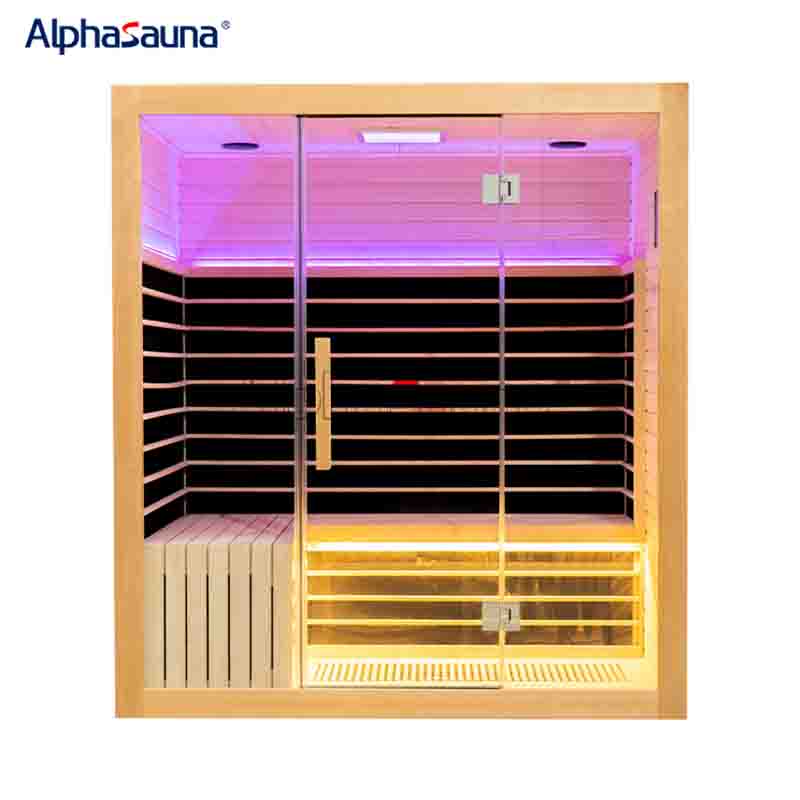
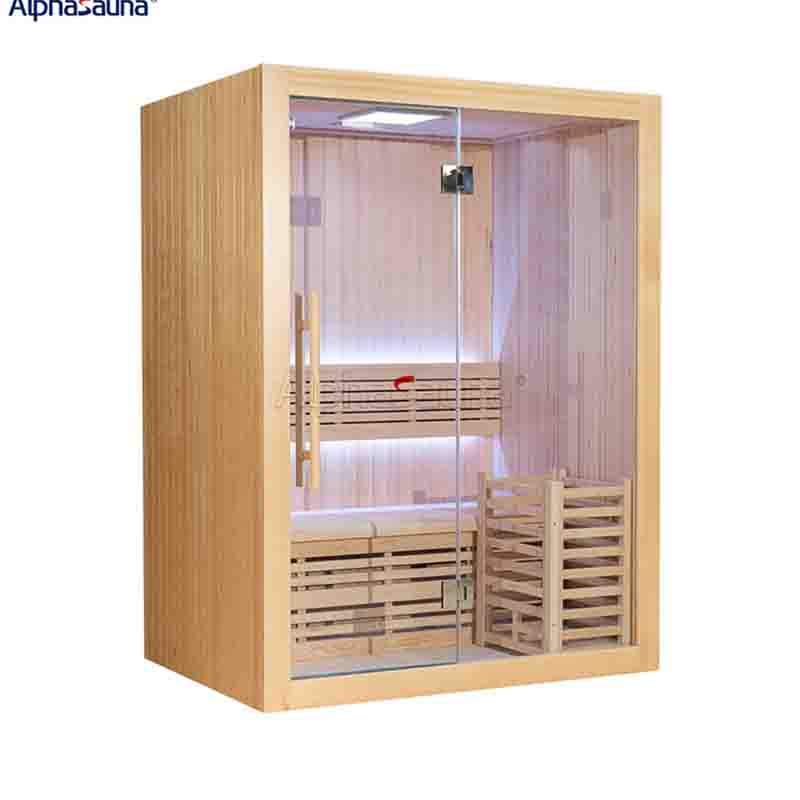
How long to see benefits of infrared sauna?
Due to the relatively lower temperature of infrared saunas compared to traditional saunas, they are more easily accepted by the public, and more and more
people are choosing to purchase outdoor infrared sauna rooms. However, the effects of infrared saunas vary from person to person, so the time to experience
benefits also differs. Generally, after using an infrared sauna, most people will begin to feel some benefits after several uses, but the specific time depends on
individual constitution and health status, as well as the frequency and duration of sauna use. For some people, they may feel some benefits after the first use of
an infrared sauna, such as relaxation, stress reduction, and relief of muscle pain. However, many people may need a longer period of time to start experiencing
noticeable benefits, which may require several more uses to become evident. Overall, the benefits of infrared saunas are usually cumulative, and with continued
use over time, their effects become more pronounced. Therefore, it is recommended to consistently use an infrared sauna, maintaining a certain frequency and
duration, to achieve optimal results.
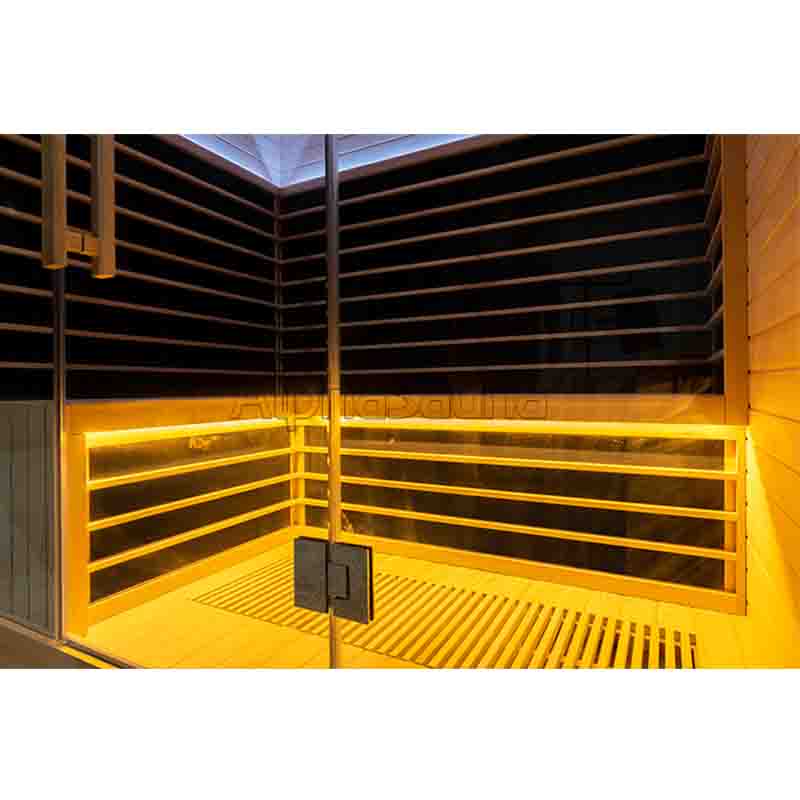
When using far-infrared sauna, what to wear depends on personal preferences and comfort level. You can wear specialized sauna suits, sportswear, shorts,
T-shirts, etc., preferably choosing lighter clothing. Due to the typically higher temperature inside far-infrared sauna rooms, it is advisable to wear lightweight
clothing to ensure good ventilation and comfort. Thick clothing may hinder sweat evaporation and cause discomfort. It's best to choose cotton or other
breathable fabrics for sweat evaporation. Also, avoid wearing metal as it may reflect far-infrared radiation, affecting the therapeutic effects. Regardless of what
you choose to wear, make sure it's comfortable for you.
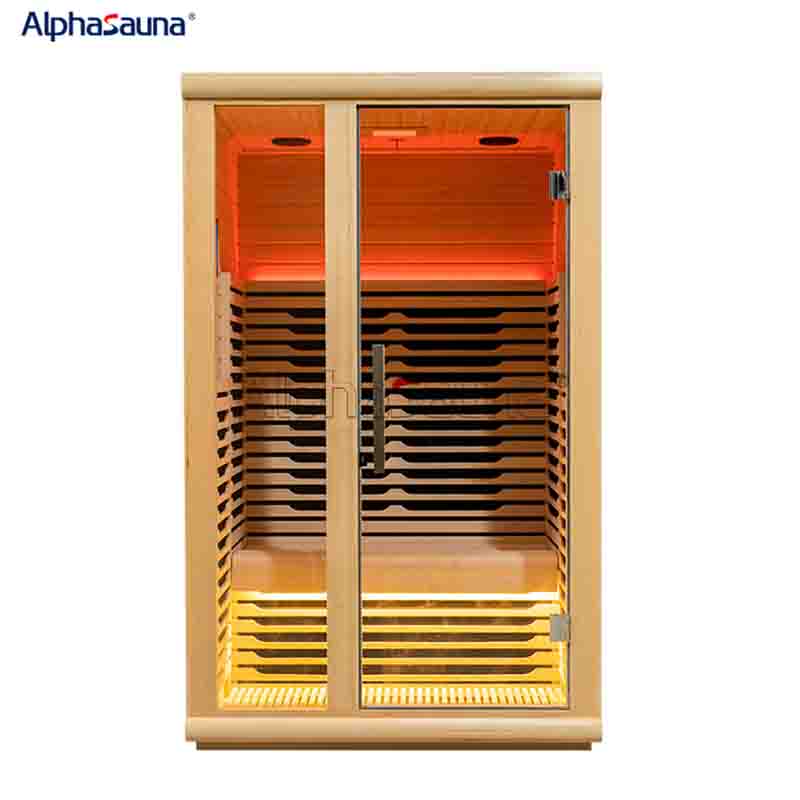
Is the sauna bad for your hair?
The high temperature and humidity in the sauna room can have some adverse effects on hair, such as:
1. Dryness and Frizziness: In the high temperature and humidity environment of the sauna, the water content in the hair may evaporate,
leading to dryness and frizziness.
2. Scalp Health: Prolonged exposure to high temperature and humidity may cause the scalp to become excessively dry or develop dandruff,
affecting scalp health.
3. Hair Color Damage: The high temperature in the sauna may accelerate the fading of hair color.
Although sauna can have some adverse effects on hair, these effects are usually temporary and can be mitigated with some preventive measures.
Before entering the sauna room, it is advisable to wash the hair thoroughly to prevent dirt and chemicals from damaging the hair in the
high temperature environment. Applying hair care products such as hair oil or conditioner before entering the sauna can help reduce the
drying effects of high temperatures on the hair. It is also recommended to avoid prolonged exposure to high temperatures and to control
sauna time to minimize adverse effects on the hair.
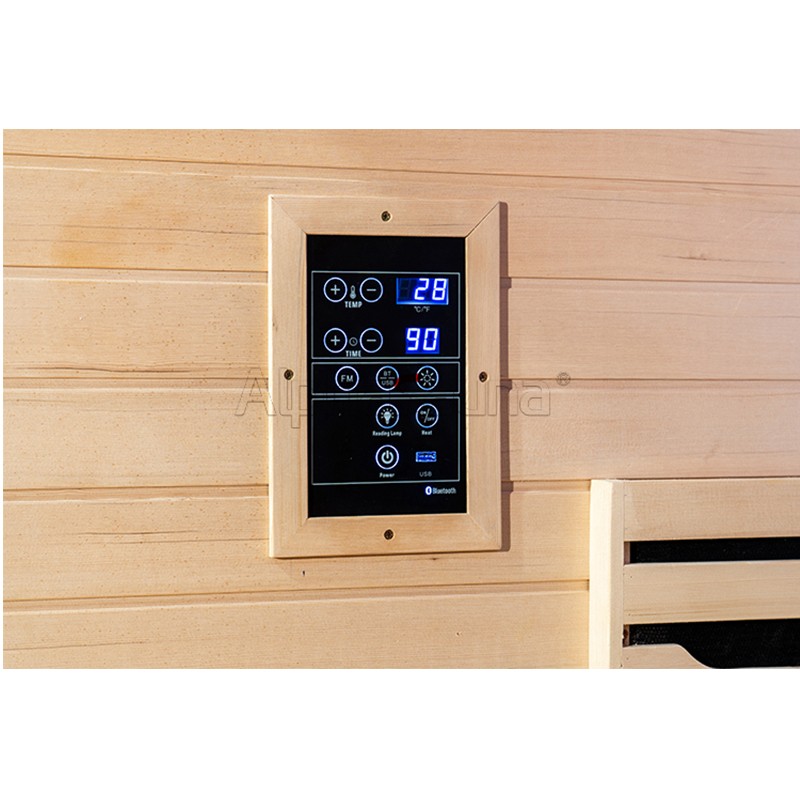
Custom Outdoor Family Portable Sauna Room
A portable sauna room typically refers to a sauna device that is easy to move or fold, allowing for easy assembly and disassembly. It can be placed at
home for convenient use anytime, anywhere, offering excellent convenience. Due to its exceptional convenience, portable sauna rooms are increasingly
popular. They can also be customized according to personal needs and preferences, tailoring the size based on site factors and usage requirements.
Multi-person sauna rooms, such as 2 to 3-person sauna rooms, can also be customized, allowing friends and family to enjoy sauna together. Sharing
the sauna experience can foster intimacy and friendship, adding fun and laughter. People can share laughter and good times, bringing more joy to daily
life. Additionally, purchasing some sauna accessories can enhance the sauna experience and increase its therapeutic effects. For example, purchasing sauna
stones can be placed on the sauna stove to increase heat and humidity, enhancing the comfort of the sauna room. Sauna headrests can also be purchased
to support the head and relieve neck pressure, increasing the comfort of the sauna experience. Adding some sauna essential oils can provide different
benefits; for example, lavender helps to relax, while peppermint provides a refreshing and invigorating sensation, enhancing the comfort of the sauna
experience. You can customize your own outdoor family portable sauna room according to your needs.
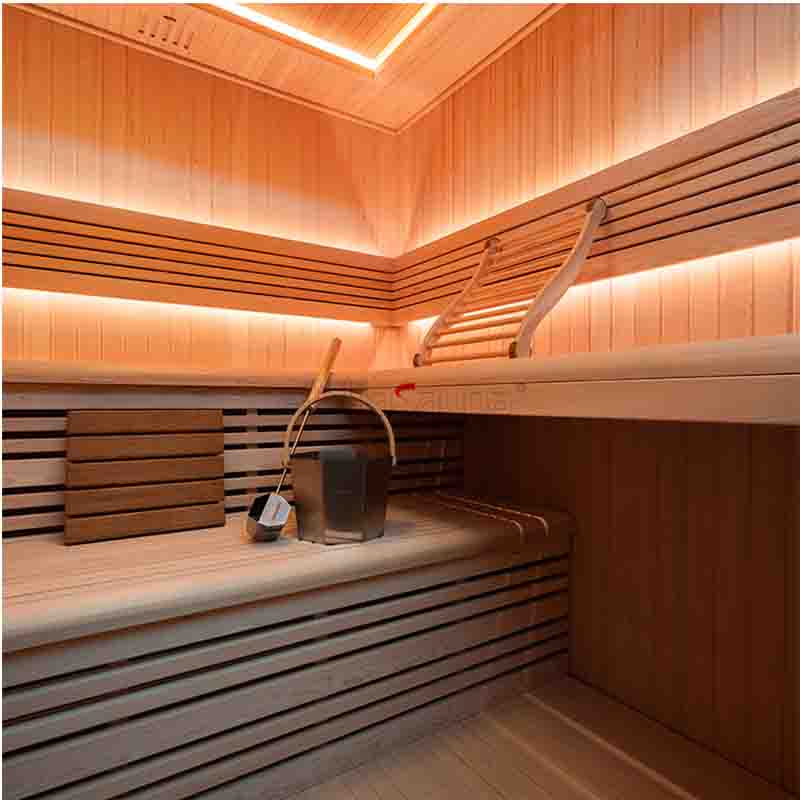
My view on saunas is:
Saunas are not just a healthy therapy, but also a pleasurable and meaningful social activity. Saunas can boost immunity, improve skin health, reduce
stress, alleviate fatigue, and bring many joys to daily life. Enjoying the sauna with friends and family can enhance relationships and collectively reap
health benefits.








